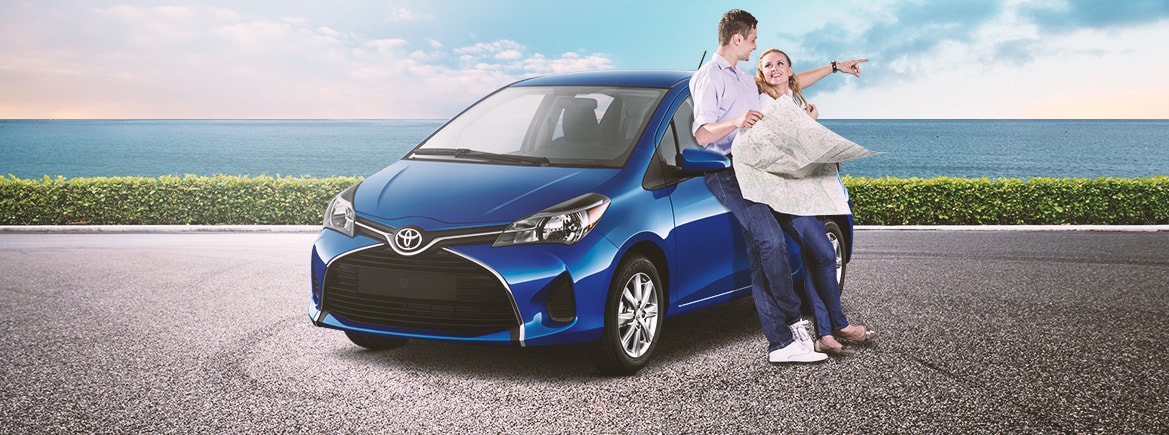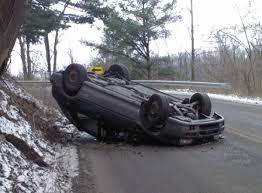Are you preparing to invest in a used car? Whether it is through a particular salesman or professional, there are always pitfalls to avoid. Here are our ten tips!
1. Private or professional seller, what to choose?
Buying from a professional ensures you a minimum mechanical guarantee of three months. In the event of breakage of the engine, gear lever or in case of discovery of hidden defects (see advice number 10), the seller is responsible.
Conversely, if you buy your vehicle from an individual, you have very few guarantees. If the seller does not want to acknowledge his fault or involve an expert, you can file a complaint. But this can cost you a lot of money and time.
Choosing a car from a professional seems to be the most advantageous solution. But let us not forget that this “mechanical guarantee” has a cost. Do not hesitate to compare prices, you might have some good surprises.
2. Check the value of the selected car
You have found the ideal car, but does the price apply corresponds to the value of the vehicle? Before you rush, check the argus, in other words the side of the car. This estimate is based on market conditions, model, mileage, date of release, fuel, power, and options that the car is equipped with. To calculate it for free, visit westfrance-auto.com .
3. What questions to ask the seller when buying a used car?
During your first exchange, whether on the phone or face to face, there are some unavoidable questions to ask to avoid getting caught.
– What is the consumption of the car?
– What is his mileage?
– What was the use of this vehicle?
“Is she a first hand?”
– Are there any scratches or blows on the bodywork?
– Are there any missing parts of the car?
– Has the vehicle ever been injured?
– When are the last repairs?
– Why do you want to sell your car?
– Can we discuss the price of the vehicle?
– When can we try the car?
4. Examine the car in every detail
During your appointment with the seller, do not hesitate to pass the vehicle with a comb! If you are accompanied by a connoisseur, it’s even better! The more you auscultate it, the less you will have bad surprises afterwards. Above all, agree on a daytime schedule. During the day, the defects will be more visible.
Let’s start with the outer part. Put yourself a few meters from the vehicle to see it as a whole. Then take a closer look at the body, the tires, the headlights, the mirrors, the roof, and the underside of the car.
Open the hood and check the oil level and ask the seller to turn on the engine, accelerate, honk, turn on the headlights, turn indicators … In short, do not neglect any details! Do not forget to ask a little more technical questions to the seller. For example: when was the battery? When was the belt changed? (It must be changed between 80 000 and 160 000 km depending on the model, you will find this information on the internet or in the maintenance booklet), if the vehicle is driven with diesel, when have the filters been replaced?
Finally, inside the car, try the mirrors, the wipers, the windows, the adjustment of the seats, the lights, the car radio, the lights, the air conditioning, check the spare wheel … A maintenance of the “clim” must be done every 2 years with a change of the pollen filter and with additional gas.
5. Documents to be provided by the vendor
Among the documents required when selling a used car, one of the most important is undoubtedly the certificate of non-pledge. It is a document ensuring that the vehicle belongs 100% to the seller and has not been stolen. Other essential documents: a technical check dated less than 6 months, the registration card, the maintenance booklet and the invoices for the various repairs done on the car. The seller must also be in possession of a session certificate.
Once these documents are in your hands, which you must have before signing, check all the same the accuracy of the documents and if they correspond well with the model of the vehicle and its registration. You will then need to apply for a vehicle registration certificate.
6. Test the car on different types of roads
Before purchasing, test the qualities of your future car on the road. In order to evaluate them, do not hesitate to circulate in town, on a four lanes, in the campaign, … The aim is to go up and down the speeds, to test the acceleration and the braking of the car. Do not forget to check if it reacts well when it backs up.
If the seller does not seem very enthusiastic about the fact that you are trying his vehicle, go your way! Better to miss a car, rather than investing in a problem nest.
7. Secure your car right away!
Before signing the purchase of the vehicle, consider informing your insurance of the date from which you will be the owner. Then you have a month after the purchase, to provide the gray card, the certificate of sale and to make the change of name of owner to the prefecture.
Regarding the vehicle’s own insurance, it is not always wise to opt for an all-risk insurance for a used model. Depending on mileage, date of release and condition, third party insurance may be sufficient. Do not hesitate to compare.
8. Take time to think
When buying a vehicle, the biggest mistake is to rush. Take time to think about this vehicle, its condition and your first impressions on the seller. Recalculate well the car’s argus and think about its resale. The goal is that you can easily separate from it if you wish. Beware of sellers too pressing or insistent. You have all the time to make your choice, this decision belongs only to you!
9. Buy a used car
At first, the reservation of the vehicle. To do this, two options are available to you: the arrest or the down payment. If you choose to pay the arrest, the sale is blocked but the seller or you can cancel the sale at any time. If you opt for the down payment, the sale is blocked and this action is irremediable. In both cases, ask for a paper to justify this operation.
In a second step, the payment. At a professional, you have little fear to have. On the other hand, if you are dealing with a particular some precautions are to be taken. Most will ask you for a payment by check or check (a check provided by the bank that ensures that you have the means to spend the amount listed). If some prefer a cash payment, remember that the payment threshold is 1,000 euros.
To make the payment, you can also use the site Depopass . After registration and once the price of the vehicle is validated by both parties, this online service verifies the identities of the buyer and the seller before the transaction. Then, the buyer credits by bank transfer a secure cantonment account. Depopass then sends a single-use payment code to the buyer who must deliver it to the seller.
10. Possible remedies for hidden defects
Having unpleasant surprises after buying a used vehicle, this can unfortunately happen. This type of situation typically occurs as part of a sale from individual to individual. If ever you find yourself in this case, recontact the seller. If he is honest he will call on an expert to determine whether the problem of the car dated before the sale or not. If he refuses, you can appeal to justice. In this situation, it will be up to you to advance the costs of appraisals which can fly up to 2 000 €. If you succeed, the seller will have to refund your expenses and you redeem the car.
In the event of a delay, article 1648 of the Civil Code provides that: “The action resulting from the redhibitory defects must be brought by the purchaser within a short time, according to the nature of the defects and the use of the place where the sale was made “. It all depends on the severity of the trouble



